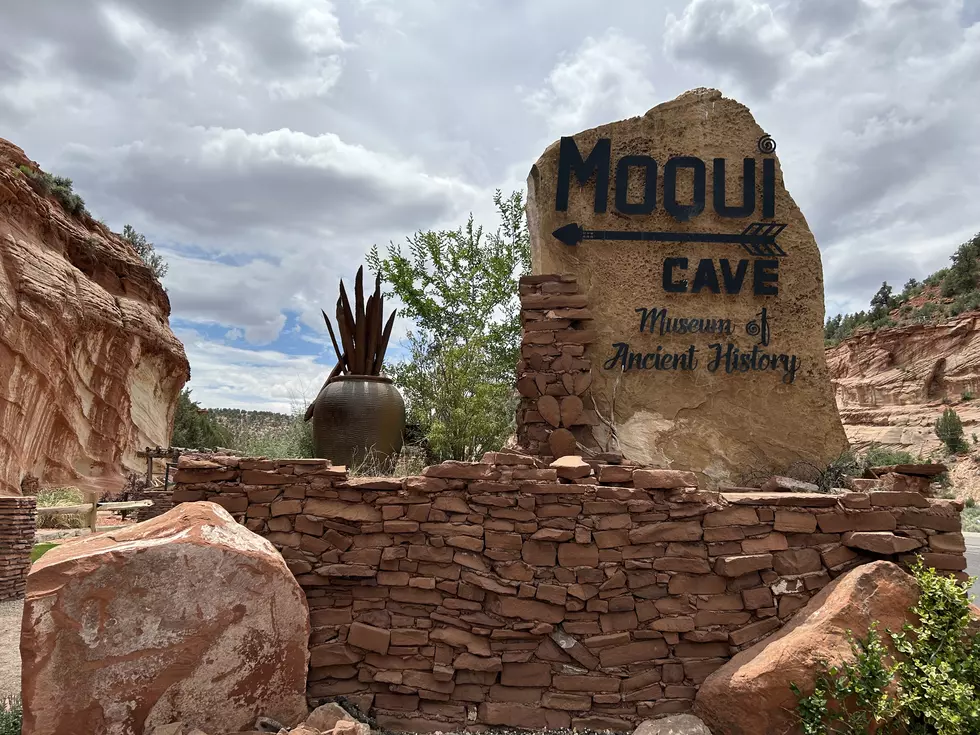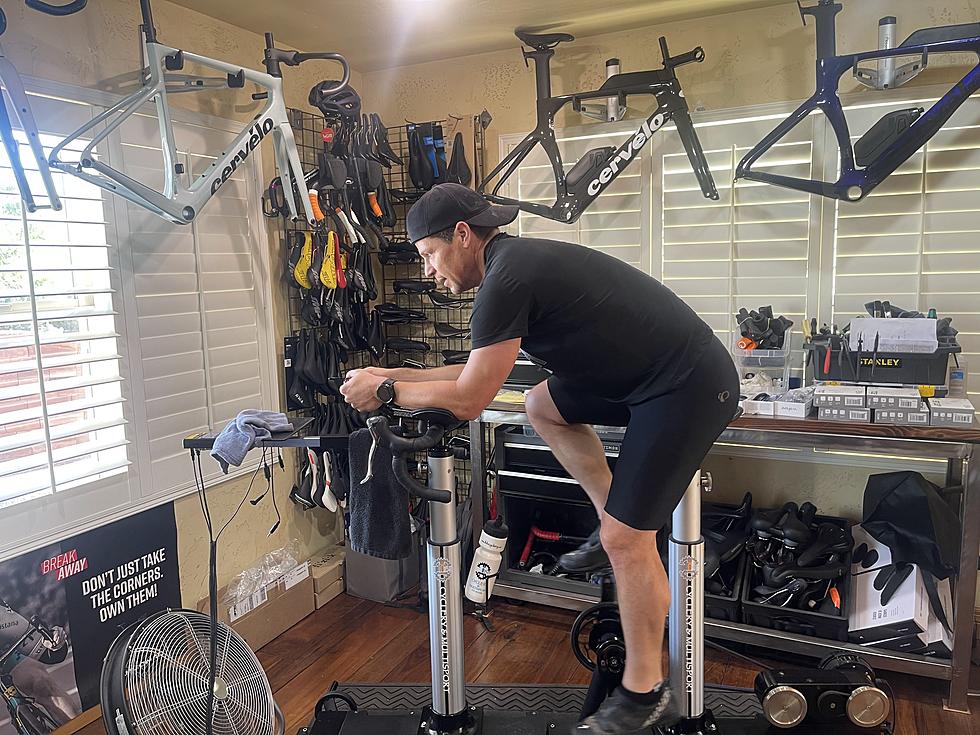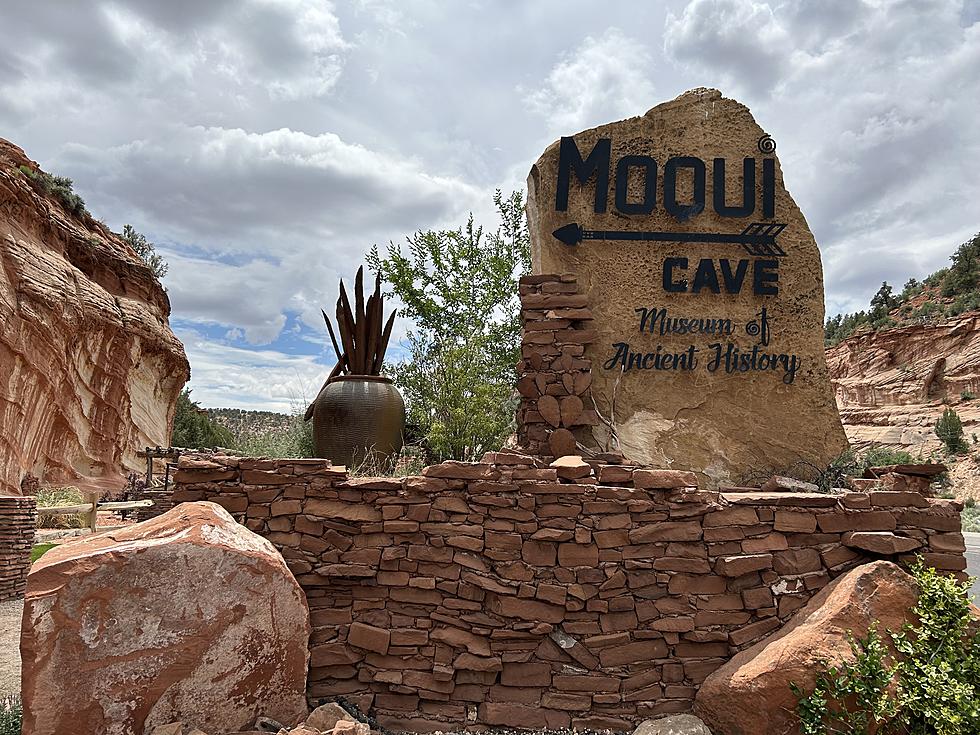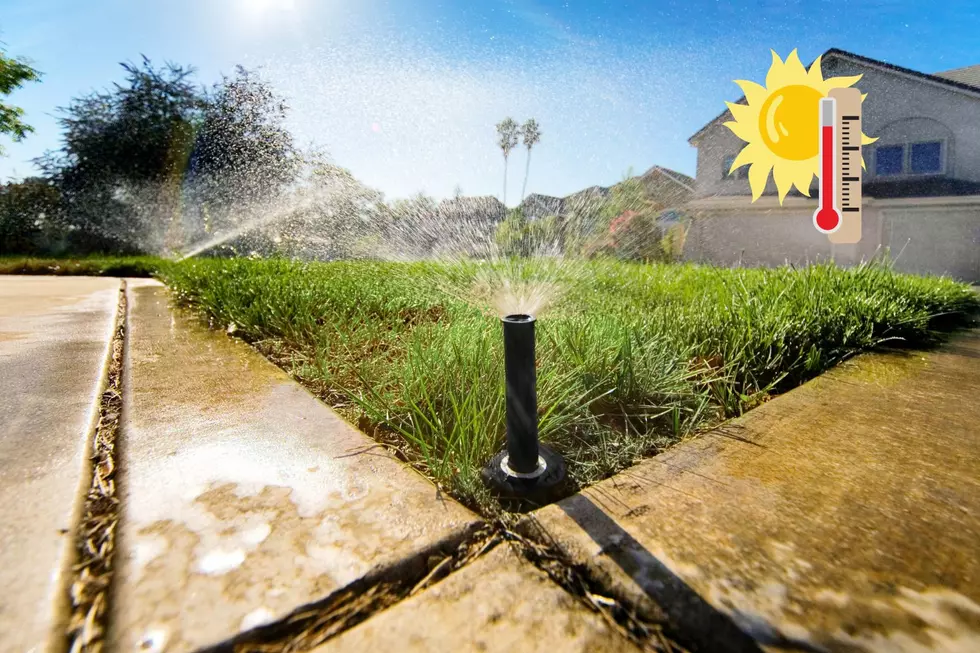
Nuclear Testing In Utah, A Day To Remember
Utah has been the location of nuclear testing during war times and the effects lingered which is why International Day Against Nuclear Tests is so important for the state.
Aug. 29 is International Day Against Nuclear Tests, the National Day Calendar said. Most Utahns will think of Wendover Airfield which was built in the 1940s “as the training and test center for the atomic bomb delivery group as part of Project Alberta.”
This was an ideal location at the time since the closest city was Salt Lake City which was 125 miles away.
The Nuclear Museum said that Wendover only had 100 people in the town when it was selected as a test site. Utah's neighbor Nevada also did some nuclear testing, and it had a ripple effect.
With southern Utah's proximity to Nevada, areas like St. George, Cedar City, Parowan, Paragonah, and Kanab were the sites of the fallout pattern during nuclear testing.
- St. George—6
- Cedar City—5
- Parowan—4
- Paragonah—4
- Kanab—1
“The majority of the exposure would have occurred during the first week following deposition (for each new deposition), and the rate of exposure would have decreased from then on. Radionuclides with a long half-life are still present in the environment but at a relatively low activity level,” according to a DOE-NV publication entitled “A Perspective on Atmospheric Nuclear Tests in Nevada.”—Utah Department of Environmental Quality Waste Management and Radiation Control
With over 2,000 nuclear tests having gone on in the 1940s and the resulting deaths of 690,000 U.S. citizens from the effects, International Day Against Nuclear Tests is vital to take note of.
Watch a documentary, movie, or read a book about nuclear testing to raise awareness and educate those who were not around during that time.
Western Colorado has a History of Unsuccessful Nuclear Bomb Tests
More From B-921








